
Shop theft incidents involving violence will now be classed as the more serious offence of robbery, according to the Home Office’s Crime Recording Rules for Front Line Officers and Staff.
Previously, it was recorded as shop theft with a separate offence of assault.
A typical example is where a shop thief uses or threatens violence to security guards or shop staff in order to escape the store with the stolen goods, said the National Business Crime Centre (NBCC).
Patrick Holdaway, Superintendent at the NBCC, has been campaigning for the change. On LinkedIn, he wrote: “The decision as to whether the offender is charged with robbery sits with the CPS, and there will be good reasons why at times a lesser charge is preferred. However, what the change will do is highlight those shop thefts where violence is used to facilitate the crime e.g. the offender assaults a staff member to escape with the stolen goods.”
34A Robbery of business property
Application of the rule:
Where an offender enters a retail premises, steals and either uses or threatens violence against a shop worker or security guard or any other person at the time or uses or threatens violence in order to escape the premises with the property then the crime to be recorded should be robbery.
The NBCC has produced a comprehensive guide for businesses to help them understand different crime classifications and what they mean.
“The guide provides a breakdown of key crimes which impact businesses as well as practical examples of each crime type to bring them to life and help businesses understand why certain crimes are classified in certain ways,” added Holdaway.
“We hope it helps demystify the world of crime classifications for the business community who may be confused and frustrated by why crimes are recorded as something different to what they reported them as.”
You can download the Business Crime Classifications Guide here.








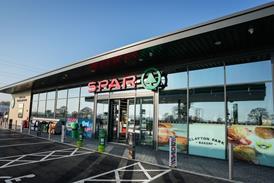


![WG-4003[58]](https://d2dyh47stel7w4.cloudfront.net/Pictures/274x183/4/5/1/353451_wg400358_6083.jpg)




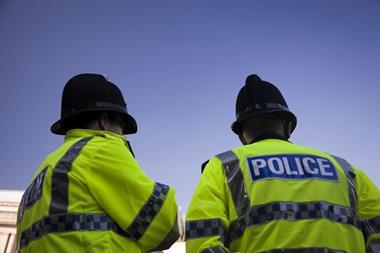

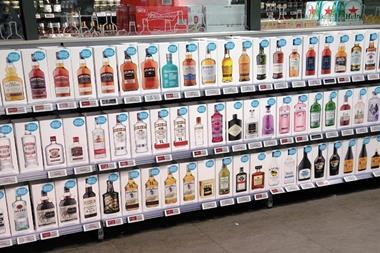
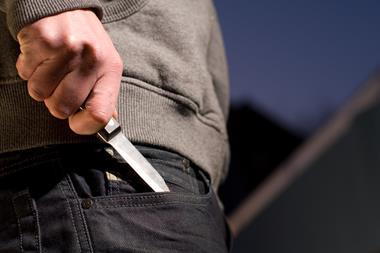




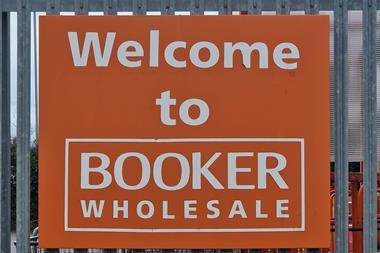


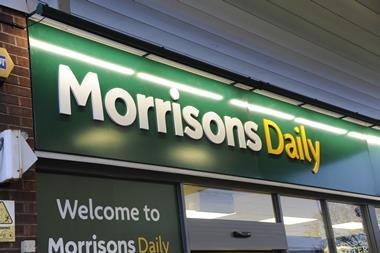
No comments yet